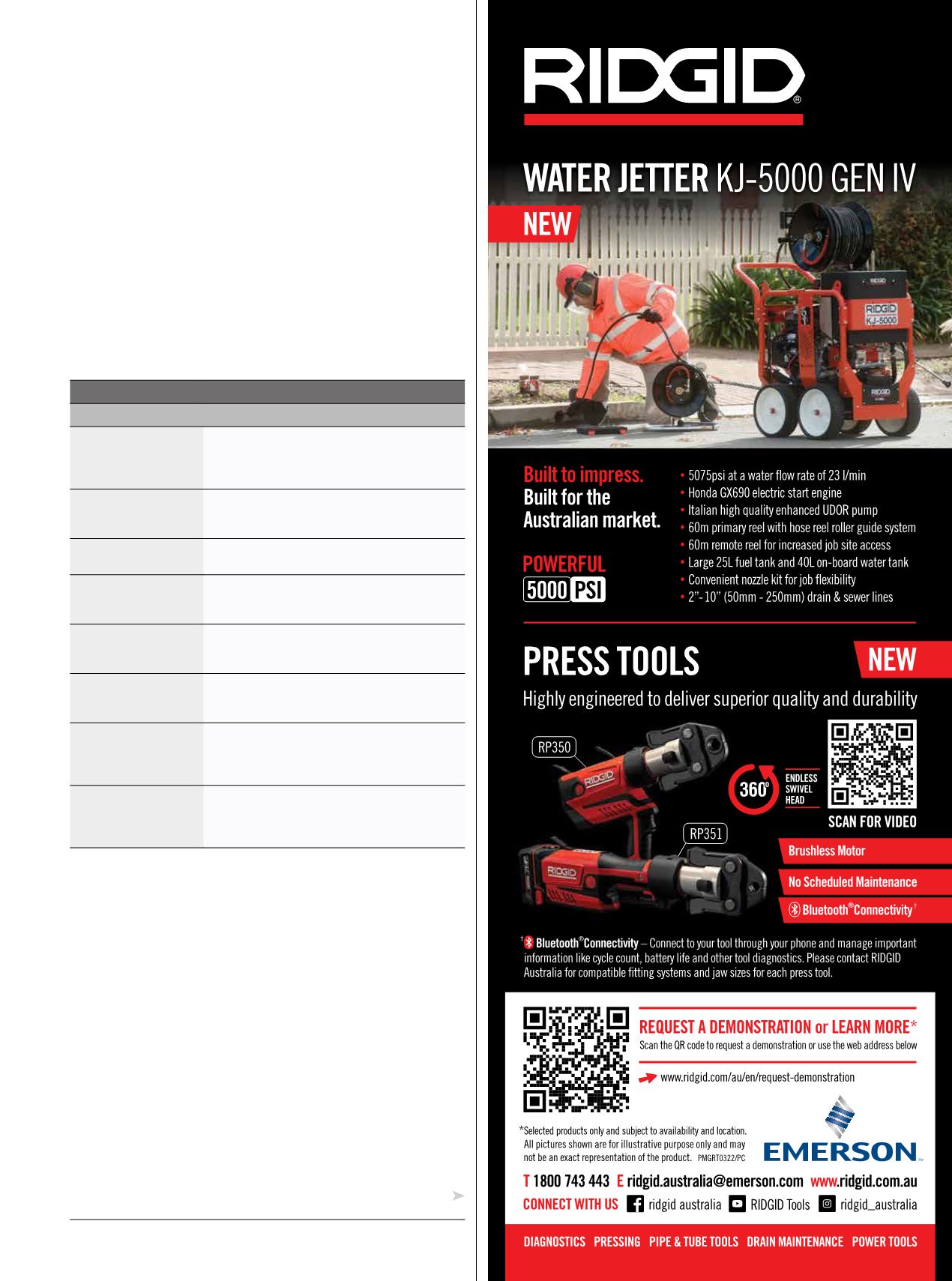
 www.plumbingconnection.com.au
www.plumbingconnection.com.au
2 1
AT A GLANCE - ADVANTAGES OF USING DIGITAL QA
ADVANTAGE
OUTCOME DELIVERED
Improved Job Quality
The sign-off of predefined tasks ‘as you go’
encourages genuine, real-time assessment
of job compliance and superior workmanship
with fewer errors.
Less Rework
Superior workmanship and compliance in the
first instance reduce the risk of costly rework
later.
Time Savings
Digital QA platforms are invariably designed
to be user-friendly, speedy tools.
Less Paperwork
A digital QA checklist on-site removes the
need for manual, paper-based office work
later.
Improved Task
Sequencing
Defining and allocating tasks prior to
construction clarifies task order and the
sequence of sign-offs.
Long-term Catalogue
of Compliance
Digital QA providers typically retain
databases for years as a long-term record of
compliance.
Dispute Resolution/
Legal Protection
Evidence-based QA can serve as a record of
satisfactory task completion in the event of
future litigation against a constructor or their
(sub)contractors.
Lower Insurance
Costs
Many companies using digital QA platforms
benefit from lower insurance premiums
thanks to the existence of a detailed, real-
time record of satisfactory job completion.
incident, rather than the actions of an original construction
contractor, can save a construction company from the
headaches of litigation and associated insurance payouts.
“Simply ‘minimising risk’ is a powerful incentive for adopting
a digital QA system.”
More subtle outcomes can also result from a sound digital
QA system. For instance, there is often ambiguity about
exactly what needs to be signed off, and in what order in
complex systems involving both plumbing and electrical work
– a predefined digital QA checklist can help remove these
kinds of uncertainties by spelling out the parameters of each
task and stating who is accountable for its completion.
USING DIGITAL QA
Digital QA starts with the creation of a project-specific
checklist of construction elements that need to be completed
and signed off.
Daniel says CONQA, for instance, sits down with project
managers and supervisors prior to construction to create a
comprehensive, customised database of checklist items. This
database, which might include hundreds or even thousands
of items in a major project like a high-rise structure, might
feature level-by-level tasks involving roughing in, fit off and
commissioning.
“Let’s say you’re dealing with a 20-storey building with
10 apartments on each level, and each apartment has three
checklist activities. If each activity includes 10 checkpoints,
then there will be 6,000 items overall to sign off. One of
our customers who is a plumbing contractor working for
one of the massive high-rises in Melbourne has over
















